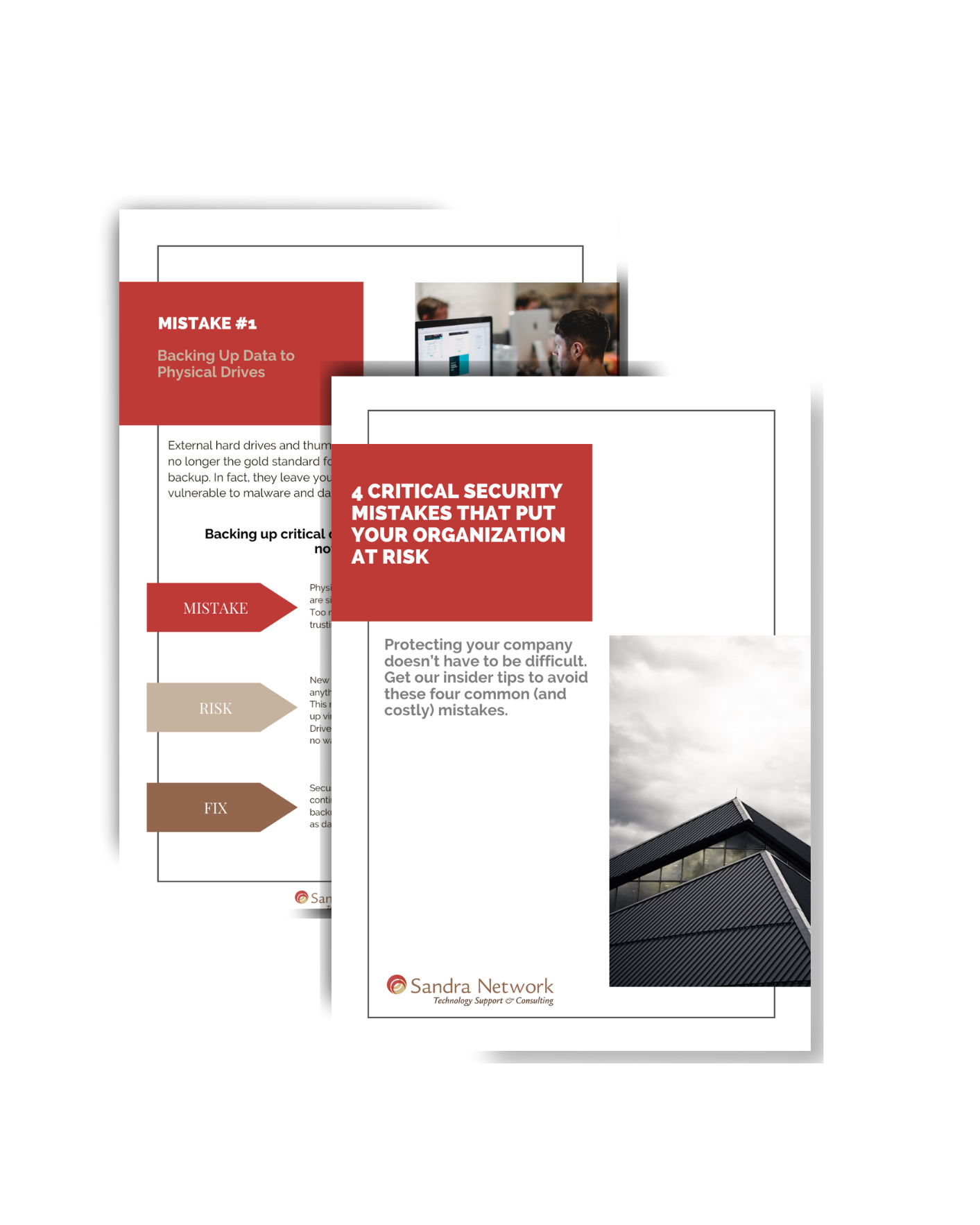Last Chance for Windows 10 upgrade for 10% off labor costs
[et_pb_section fb_built=”1″ admin_label=”section” _builder_version=”3.22″][et_pb_row admin_label=”row” _builder_version=”3.25″ background_size=”initial” background_position=”top_left” background_repeat=”repeat”][et_pb_column type=”4_4″ _builder_version=”3.25″ custom_padding=”|||” custom_padding__hover=”|||”][et_pb_text admin_label=”Text” _builder_version=”4.9.0″ background_size=”initial” background_position=”top_left” background_repeat=”repeat” hover_enabled=”0″ sticky_enabled=”0″]
Thanks for being a loyal customer.
We hope you enjoy this discount on our Windows 10 upgrade support and solutions like our previous special deal. We still have a special for support in the upgrade for 10% off labor costs, ending July 29th, 2016.
The new information that can come out from Microsoft is, it will be a subscription. There has been MUCH speculation on what is to TRULY happen in the next few last weeks for the upgrade once it is no longer free. One of the options now is a $7/mo/seat subscription.

More Update on Windows 10
From PC Magazine, in an interview with Microsoft:
“Windows 10 Enterprise E3 for CSP is for business customers of any size (including one person) to get enterprise features and functionality on a per monthly/per seat cost,” a Microsoft spokeswoman said via email. “This new subscription model is not associated with our current upgrade offering or applicable to the Windows 10 consumer edition.”
[/et_pb_text][/et_pb_column][/et_pb_row][/et_pb_section]







 Ever hear of the old hang gliding saying? “Never fly higher than you’re willing to fall?” well, you should apply the same to how much work you are willing to loose. Time is valuable, and we all know that time is money. Therefore, properly saving work files is important to avoid losing your valuable work.
Ever hear of the old hang gliding saying? “Never fly higher than you’re willing to fall?” well, you should apply the same to how much work you are willing to loose. Time is valuable, and we all know that time is money. Therefore, properly saving work files is important to avoid losing your valuable work.






